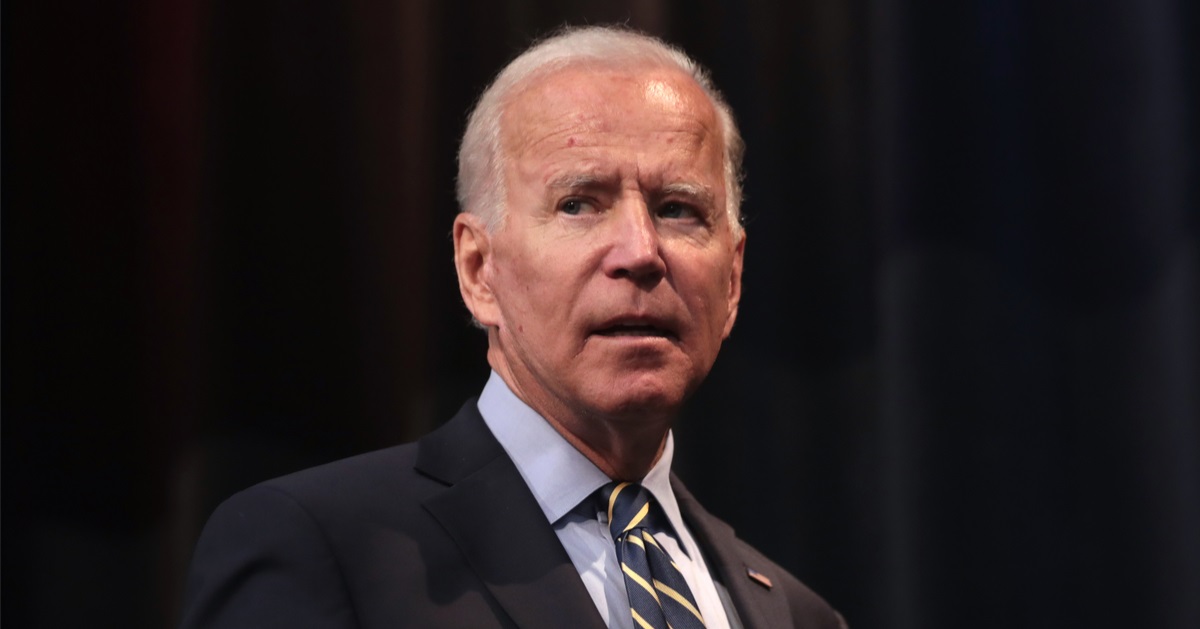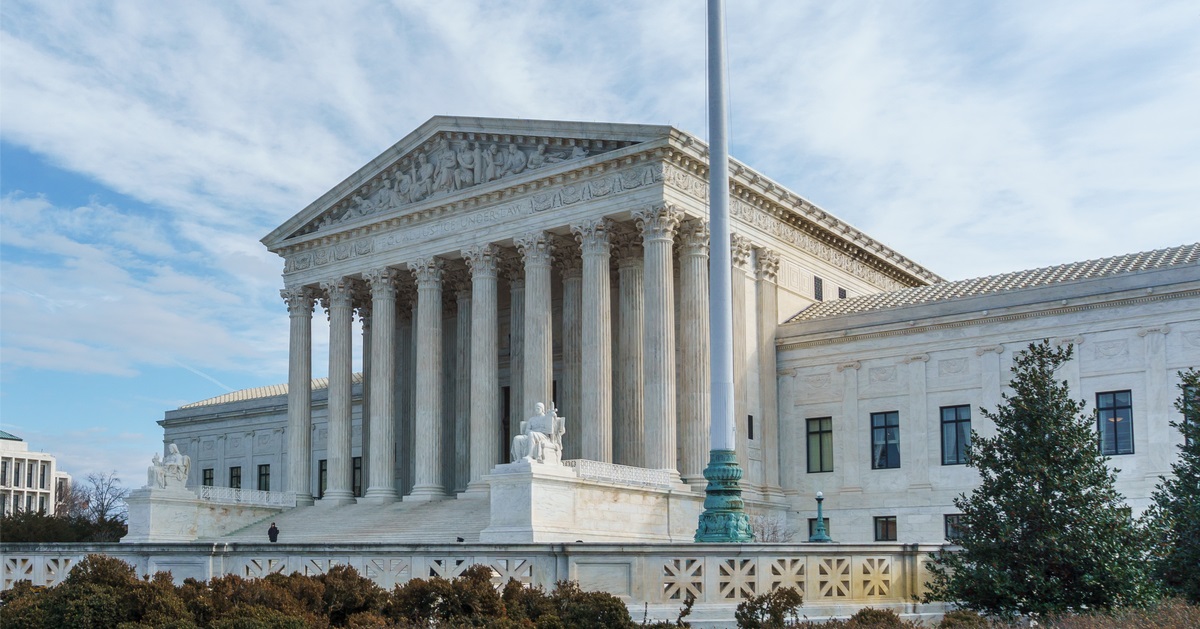DANIEL VAUGHAN: US High-Speed Rail: A Bridge to Nowhere?
Listening to its proponents, you'd think that high-speed rail transportation in the US is the one thing keeping us from saving the world. Advocates claim improved traffic congestion, reduced carbon emissions, and many other things. But then, when you watch US high-speed rail projects in action, they make the infamous Bridge to Nowhere seem like a responsible allocation of taxpayer dollars.
The promise of high-speed rail in the United States hasn't come close to living up to expectations. The benefits are an ever-elusive promise that will arrive if we only pay more taxes for them. That doesn't mean proponents are wrong, but it does mean we have to analyze these massive infrastructure projects with clear eyes. Idealism cannot rule the day with the nation's infrastructure projects. Realism must guide our policy.
High-speed rail's first claim is that it is better for the environment. If you accept all the assumptions they make, it may be better. But it's hard to miss that one of the primary hangups to US high-speed rail infrastructure projects is never-ending environmental impact assessments by state and federal agencies.
The Disastrous California Example
The poster child is California. In 2008, then-President Barack Obama announced a European-style high-speed rail system for the United States. Most states rejected this because they wanted to avoid the final cost of these projects pushed on them when overruns occurred. Only Califonia accepted the challenge and moved forward.
It's 2023, and California is just as far from completing its high-speed rail line as it was fifteen years ago. The original project was supposed to cost $33 billion, and estimates now are pushing $80 billion. It's been a failure to launch for a multitude of reasons.
The California Supreme Court dealt another blow to the high-speed rail project when it decided that developers have to abide by state environmental laws. US high-speed rail proponents are scared that green leftists in the environmental movement will sue to prevent the project from moving forward, using California's laws as their cudgel.
Yes, you read that right. High-speed rail, which is supposed to be better for the environment, is struggling to push forward because environmentalists are trying to stop it. It's not just in California. The HS2 line in the United Kingdom has gotten stalled out by environmentalists protesting it too. Police have started arresting protestors to help push that project forward.
Environmentalists pitch US high-speed rail as benefiting the environment. But environmentalists also oppose it because... it's terrible for the environment. You won't find better proof that much of the environmentalist movement is Luddism with new paint and talking points slapped on it. Any joke about environmentalists changing a light bulb ends with everyone sitting in the dark because everything is bad for the environment.
A Limited Scope and Absence of Comprehensive Planning
The second major issue with most US high-speed rail projects is the limited aspect of them. Connecting the New England city areas and cities on the west coast is great for those people. Everyone involved seemingly forgets that there are 50 states in the union. A national transportation plan that only connects a few cities is barely regional, let alone national.
When the United States finally initiated the Dwight D. Eisenhower National System of Interstate and Defense Highways, it was a comprehensive national plan. It had dual purposes, too, with the ability to move traffic and the national defense apparatus. This dual aspect is a critical missing component in conceiving and moving high-speed rail forward.
A rail system that thinks on the level of the interstate system looks beyond environmentalism and sees commerce and defense as legitimate needs to fulfill. If the US had a high-speed rail system it could use to move troops to any shore or border, there'd be a legitimate case to build that out. That would support the defense system by air, sea, land, and rail.
China's Illusory High-Speed Rail Promise
Finally, it's common to see proponents of high-speed rail wistfully look at China as a better example. They point to the speed with which China builds massive infrastructure projects. And it's true China rapidly constructs prominent infrastructure projects.
But seeing the high-speed rail advocates take on the "China for a day" mindset is unsettling. China can take these actions because it's a communist authoritarian state. Private land ownership is nonexistent, and basic human rights get destroyed like a runaway freight train. Additionally, China follows no environmental laws, and there's ample evidence the Chinese Communist Party has enslaved several minority groups.
Color me a skeptic on following the China example on high-speed rail. We're also about to witness whether the Chinese government can withstand a genuine economic downturn. The appearance of COVID-19 protests shows cracks in the golden image China projects to the world. It's hard to miss the notes of the collapse of the USSR in China's actions.
There's a case for high-speed rail. Diversifying the American transportation system is a noble goal. There are likely some defense benefits we could realize too. It's hard to determine the environmental impact of high-speed rail since environmentalists oppose it with equal force.
Until policy surrounding high-speed rail gets infused with clear-eyed realism, the only train tracks we'll lay for these projects will be right next to the bridge to nowhere. That's not a sustainable path for high-speed rail. Proponents need to recognize that.






